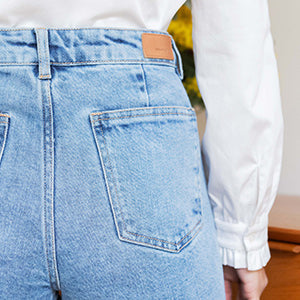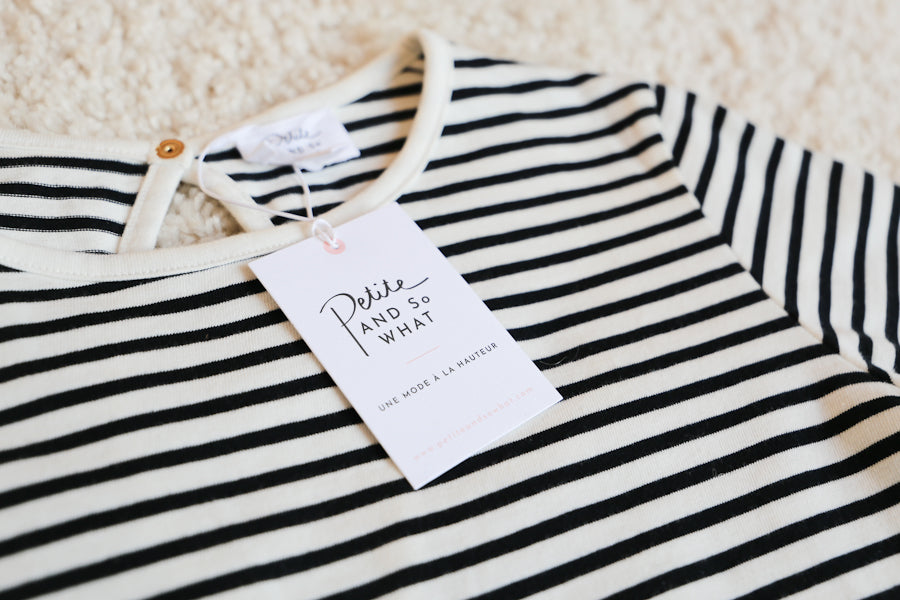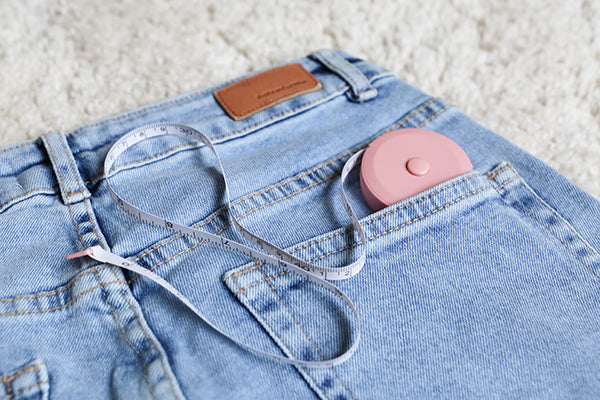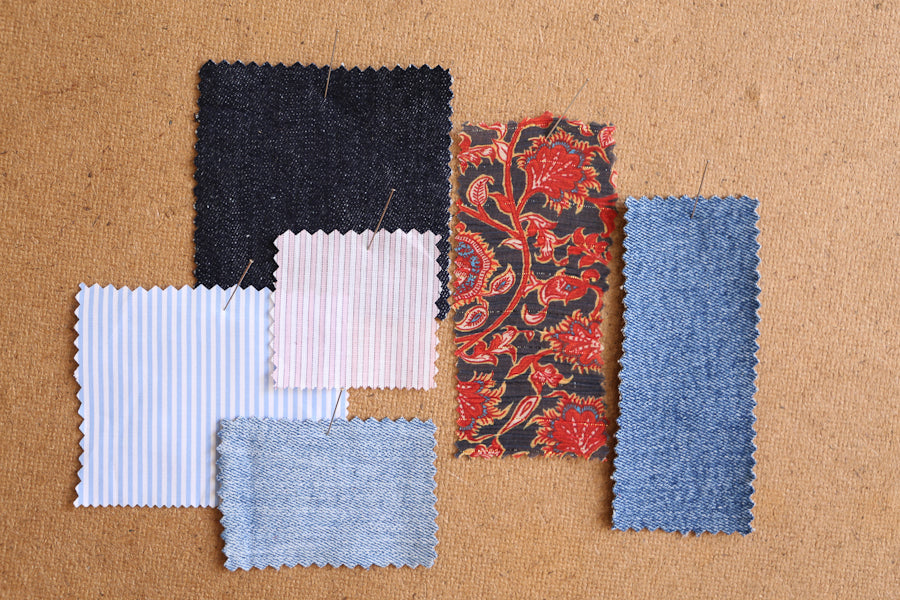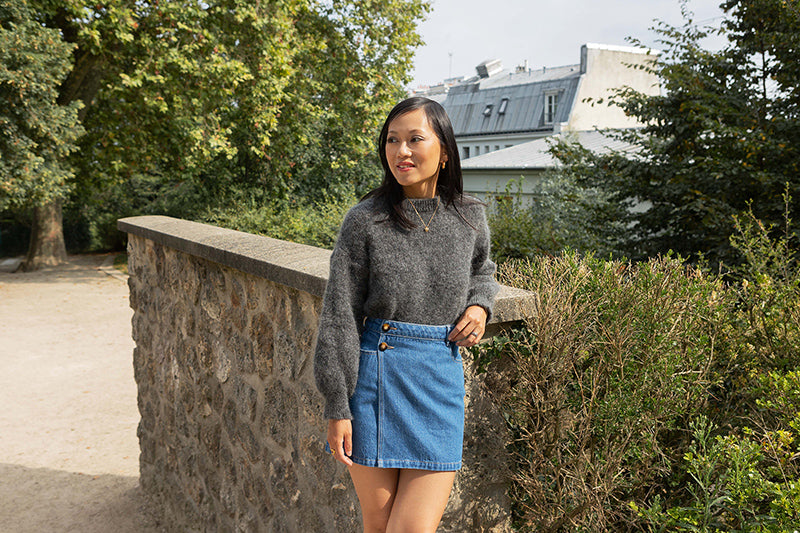Blue is very popular in Europe, and ranks first throughout the West. 45% to 50% of French people rank blue as their favorite color, ahead of green at 18% and red at 15%
(Michel Pastoureau). Blue has an undisputed European reputation, but has it always been so? What is the significance of the color blue? In this article, we decipher this everyday color.
The color of the unknown
In ancient times, the color blue was little represented among the Romans. It was a real culture shock when the Germanic peoples introduced them to the blue fabrics that made up their clothing.
At the time, blue symbolized barbarism and depravity, but also mourning. For example, it was a sign of bad luck for women to have blue eyes.
This color was so undervalued that the French language couldn't find a word of Latin origin to designate it, as it had no etymological basis to qualify it correctly. The word bleu is therefore of Germanic origin from "Blau" and azur comes from the Arabic "Lazaward".
Blue and religion
To differentiate between divine and terrestrial light, blue was assigned to heaven, while white was reserved for the divine. This choice had an enormous influence on the mentality of the time. In particular, Mary left behind her mourning for the loss of her child and adorned herself in blue. This new place for blue in religion contributed greatly to its promotion and to the moralization of colors that followed: blue, white, black and brown were considered honest colors befitting a good Christian, while red, green and yellow were too showy and therefore dishonest. This new approach positions blue as accessible and suitable for everyday wear.
Symbol of royalty
Royalty, wanting to associate themselves with heaven (which touches on the divine) and religion, also began to dress in blue. First in France in the 13th century, it was soon imitated throughout Europe. The King, then the great lords and finally the aristocracy all wanted to appropriate this color. This strong demand led to the development of a more effective and varied blue dye. The woad plant, which gives what is now known as indigo, began to be produced industrially, making the fortunes of certain regions (e.g. Picardy and Amiens).
Blue calls to dream
In the 18th century, blue was the color of choice for the first wave of Romanticism. Poets and artists attributed a new symbolism to it - that of melancholy - and adorned their clothes with it. Everyone dressed like Goethe's Werther, in a blue suit. The color represents romanticism and gentleness.
At the same time, blue was also decided as the new color of water. Cartography had retained green for forests and rivers, but implementation made the maps illegible. Blue was therefore chosen as the successor to green. Whether infinite stretches of water or tumultuous rapids, water echoes the new blue image of troubled dreams and daydreams worn by artists.
The new black
In the 19th century, blue became the preferred color of Europeans. It replaced the black of our uniforms as if to soften the role they embodied, whether military, customs officer, letter carrier or fireman, everyone preferred navy blue to black.
Blue today
The polls are about to start and will continue, with blue in the lead, far ahead of the other colors. The figures are almost identical for men and women, and independent of socio-professional category. Joe Hallock 's study on the subject shows that blue is chosen as the preferred color by 42% of people, regardless of gender or age. In more detail, men choose it at 52% and women at 37%. There are also slight variations according to age, as in the 70+ age group, where blue remains the preferred color at over 70%(Joe Hallock).
Meaning
Blue is now synonymous with wisdom, serenity and peace. Blue is used by many countries and organizations: the flag of the UN, the European Union and Unesco, for example. Blue is also the color of peacekeepers. Blue is a color that rallies and soothes.
Jeans
Jeans, denims, blue jeans... All these names refer to an iconic garment that is undoubtedly the most worn trouser in the world today. The color blue was not chosen by chance, but because of the chemical properties of the dye, which clings easily to textile fibers.
The Italian city of Genoa gave it its name. At the time, fishermen used the famous Indian pigment Indigo to dye their fabrics. This fabric, known as "Bleu de Gênes" (blue Jean), was then loaded onto English ships calling at the port, bound for America. The crossing led to the famous language distortion, now fully adopted.
In fashion
Blue has been a regular on the catwalk for several years now: from denim to cobalt, royal to midnight. Every year, blue is in the spotlight. For a discreet outfit, opt for raw denim, but for those who don't shy away, the electric blue total outfit will turn more than one head.
Today in the professional world
A must-have for the workplace, blue has become an innocuous color, and is a guarantee of professionalism. If it's not your favorite color, it won't be your least favorite either. Which means you're sure to project an image that's at least neutral if not positive. It's also the corporate color par excellence, conveying an image of confidence and stability. It's a color that's been a safe bet for many years now, all over Europe.
And Petite and So What?
Blue has a long love affair with us, and we're helping to write the next chapter in its history, continuing to honor it in many future designs. Whether you finally want to add this color to your closet or complete yourtimeless collection, come and discover the blues from Petite and So What.
Sources: Blog Habile, Michel Pastoureau, Joe Hallock, Adobe.com, MarieClaire.fr,

